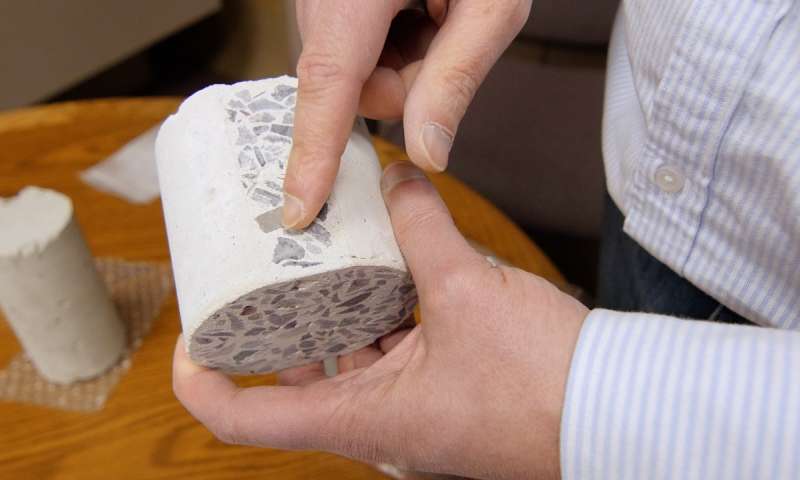In the coming future, wide-ranging composite kind of materials need to be more stronger, cheaper, lighter and more eco-friendly for our planet, much thanks to the invention by Rudger’s Richard E.Riman. Almost nine years back, a respect professor working at the Department of Materials Science and Engineering in the School of Engineering came up with an energy-efficient technology that can harness mostly water-based, low-temperature reactions. Consequently, the man and his team were able to make things in water that were earlier made at the temperature much above the one needed for thermally decomposed plastics.
Till now, the revolutionary technology has only been used for making more than 30 different materials, along with, concrete that can store carbon dioxide, one of the prime gases that is linked with greenhouse effect. Other things include several families of composites that includes a wide variety of polymers, ceramics, and metals. The behavior of these materials can be processed to give them resemblance with bone, even steel, sea shells, or wood. The most promising alternative in this respect is creation of materials for some lightweight automotive as stated by Raman who has dozens and dozens of patents. These materials can be used for motors, exterior and interior applications. Other materials can operate much more advanced electronic, magnetic, and optical functions that can substitute mechanical ones.

Raman adds, “Ultimately, what we’d like to be able to do is create a ‘Materials Valley’ here, where this technology can start one company after another, small, medium and large businesses. It’s a foundational or platform technology for solidifying materials that contain ceramics, among other things. They can be pure ceramics, ceramics and metals, ceramics and polymers – a really wide range of composites. The first thing we did was show that we could make a material that costs the same as conventional Portland cement. We developed processing technology that allows you to drop the technology right into the conventional world of concrete and cement without having to make major capital expenditures typically encountered when a technology is disruptive to the marketplace. We plan to do the same thing in the advanced materials business.”
Filed Under: News


Questions related to this article?
👉Ask and discuss on Electro-Tech-Online.com and EDAboard.com forums.
Tell Us What You Think!!
You must be logged in to post a comment.